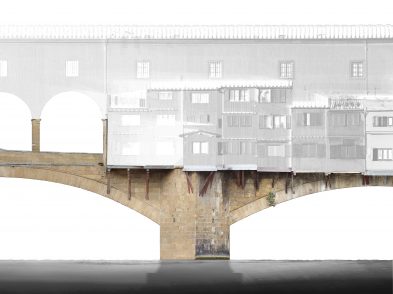Athropologists recently cleared up a 400-year-old mystery surrounding Caravaggio’s final resting place. Following carbon dating and DNA tests, officials confirmed that painter Michelangelo Merisi, known as Caravaggio, was buried in Porto Ercole, in the province of Grosseto. ‘We can confirm we have found the mortal remains of Michelangelo Merisi, better known as Caravaggio,’ said Giorgio Gruppioni, the anthropology professor heading the team. ‘Even cautious estimates indicate to an 85 percent probability that these are his remains,’ Gruppioni added.
Results to date prove one of the leading theories surrounding Caravaggio’s mysterious death: that he died in Porto Ercole while awaiting a pardon from the Vatican for having murdered a man. Caravaggio was originally buried in Porto Ercole’s San Sebastiano cemetery, which closed in 1956, and the remains were then transferred to the St. Erasmus cemetery. Anthropologists started their investigation last December in one of the cemetery’s three crypts. They first sorted through the remains and separated those belonging to young men who appeared to have died in the seventeenth century, like Caravaggio. Candidate remains were then taken to Ravenna for testing.
‘The anthropological research and scientific technological advances en-sure that the results are as credible and solid as eyewitness accounts of the day…The bones we are showing you today are without doubt those of Caravaggio,’ said Silvano Vinceti, president of the National Committee for the Promotion of Historic and Cultural Heritage.
The mayor of Porto Ercole says that Caravaggio’s bones will remain in Porto Ercole, despite calls from some politicians in the north that they be returned to his birthplace.






